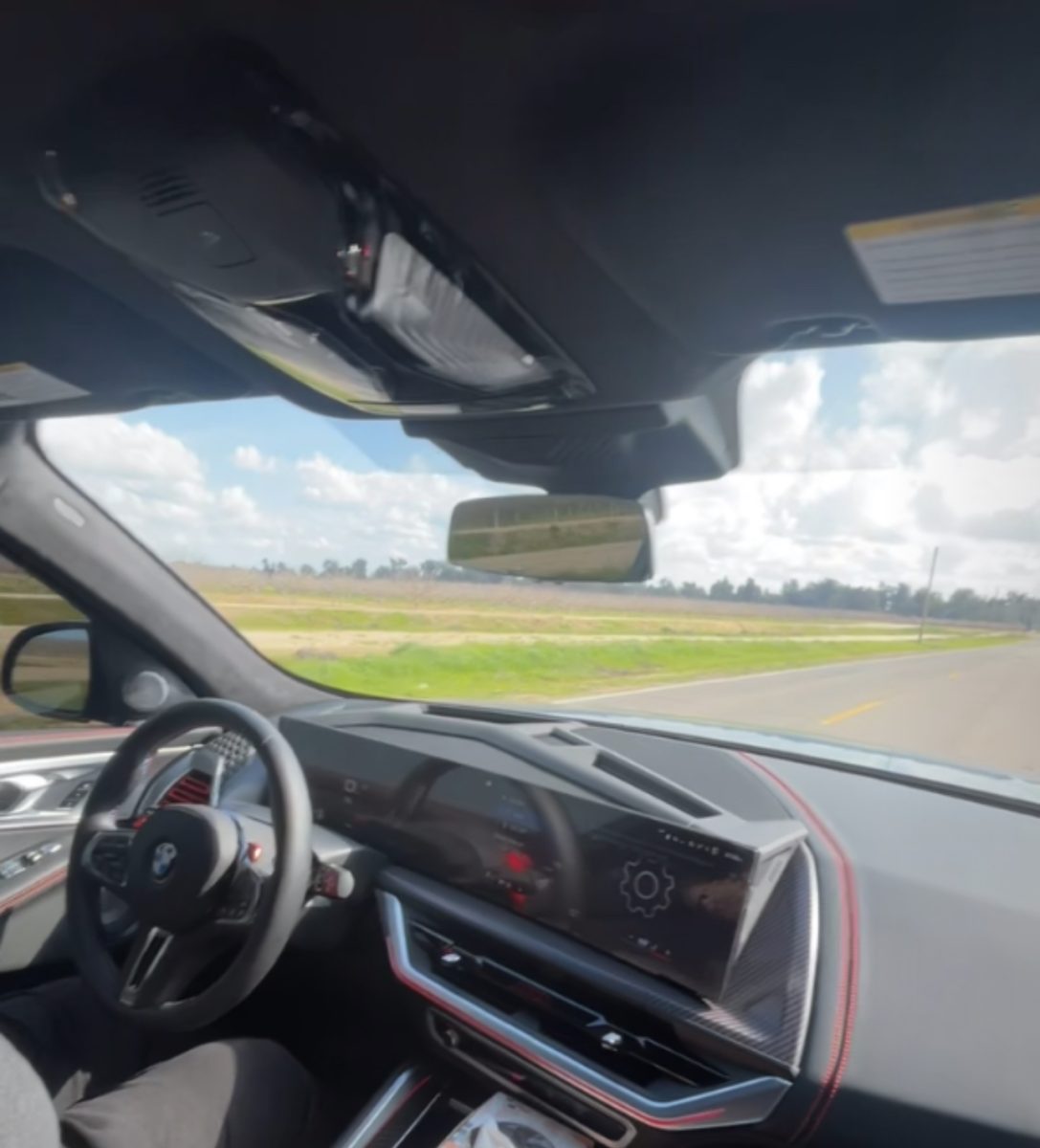The National Highway Traffic Safety Administration has officially submitted an advanced notice of proposed rule making surrounding anti-drunk-driving technology.
This rule making could ensure every new vehicle sold in America comes with some form of built-in inebriation detection and possibly an interlock that prevents the car from being driven if the driver is determined to be impaired. The NHTSA has looked into sobriety test data from traffic stops and post-crash investigations in 2021 and has determined that 13,384 out of the 42,939 people that died from crashing were drunk driving and the NHTSA said that they don’t know why the number is so high but they do know 13,000-some alcohol fatalities as avoidable.
NHTSA has made an official notice declaring, “This document initiates rule making that would gather the information necessary to develop performance requirements and require that new passenger motor vehicles be equipped with advanced drunk and impaired driving prevention technology through a new Federal Motor Vehicle Safety Standard (FMVSS).” The NHTSA added, “The Infrastructure Investment and Jobs Act (Bipartisan Infrastructure Law or BIL) directs NHTSA to issue a final rule establishing a Federal Motor Vehicle Safety Standard (FMVSS) that requires new passenger vehicles to have ‘advanced drunk and impaired driving prevention technology’ by 2024.”
The NHTSA acknowledges that impaired driving and drunk driving are not the same and that people distracted by devices likely result in a similar amount of deaths. They also noted that drowsiness was likely another big chunk of the people that die but there is not currently a way to test how drowsy someone is before an accident. NHTSA has said alcohol is the main focus but it’s not the only one because they also want to cover two additional impairment states: drowsy driving and distracted driving.
While the NHTSA knows of technology that can detect if someone is drunk they are not sure what would be the best fit for a mandated system. Many vehicles today are already able to detect if the driver is drowsy or tired by looking at your eyes and seeing how smooth your driving inputs are. While the blood-alcohol content can be measured this information will not tell us if they are impaired but rather if they are breaking the law. The NHTSA has admitted that BAC is an unreliable indicator of actual impairment, given differences in peoples’ size and weight, tolerance to alcohol, and so on. They also know that people are not going to submit to a BAC test every time they get inside of a car so they are looking into different ways of detecting if the driver is impaired and maybe a passive breath detection.
There are still some questions that the NHTSA has not answered, notably whether it will warn the driver of the impairment or lock the ignition preventing it from starting at all, or do they have a plan for false readings. According to motertrend.com NHTSA will most likely mandate impairment detection in new cars within this year as they said that there is “no telling right now what form these impairment detection devices will take, but it’s a pretty safe bet that they’ll be mandated in new passenger cars, trucks, and SUVs in the future.” Overall, they are planning to add detection for impairment to any new cars made to reduce the number of fatalities while driving and we don’t know how it will work, but we do know that General Motors CEO Mary Barra said, “We’ve been working with regulators on [impairment detection],” adding, “We have technology to do that.” Which shows that this has been thought out for a while.


